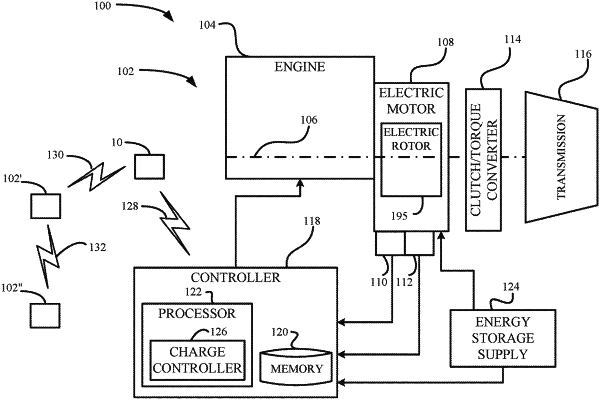| CPC B60L 53/63 (2019.02) [B60L 50/62 (2019.02); B60L 53/66 (2019.02); B60L 53/68 (2019.02); B60L 2240/72 (2013.01)] | 26 Claims |

|
1. A computer-implemented method of performing an automated power charging process for one or more electric vehicles using a processor, the method comprising:
communicating, using the processor, with a power grid system via a network to determine a capacity of the power grid system;
determining, using the processor, a power demand level of the one or more electric vehicles to satisfy one or more mission requirements of each electric vehicle;
comparing, using the processor, the power demand level of the one or more electric vehicles with the capacity of the power grid system;
in response to the comparison, using the processor, ranking the one or more electric vehicles based on a predetermined priority using one or more charging factors;
redistributing, using the processor, an electrical load increment of the one or more electric vehicles based on the predetermined priority such that a redistributed electrical load increment is configured to increase a total amount of charging time as compared to the electrical load increment before the redistributing; and
charging the one or more electric vehicles based on the redistributed electrical load increment of the one or more electric vehicles.
|